China : Unmatched Growth and Demand Trends
China holds a commanding market share of 2.1 in the APAC air handling units sector, driven by rapid urbanization and industrialization. The demand for energy-efficient systems is surging, supported by government initiatives promoting green technologies. Regulatory policies favoring sustainable practices are also enhancing market growth, while significant investments in infrastructure development bolster the sector's expansion.
India : Rapid Urbanization Fuels Demand
India's air handling units market is valued at 0.85, reflecting a robust growth trajectory. Key drivers include increasing urbanization, rising disposable incomes, and a growing focus on indoor air quality. Government initiatives like the Smart Cities Mission are enhancing infrastructure, while regulatory frameworks are evolving to support energy-efficient solutions, driving consumption patterns.
Japan : Focus on Innovation and Quality
Japan's market share stands at 0.75, characterized by a strong emphasis on technology and quality. The demand for advanced air handling units is driven by stringent environmental regulations and a growing awareness of health and safety standards. The government is promoting energy-efficient technologies, which is further propelling market growth in urban areas.
South Korea : Sustainability Drives Market Growth
With a market share of 0.65, South Korea is witnessing a surge in demand for air handling units, primarily due to government policies aimed at reducing carbon emissions. The focus on smart buildings and energy efficiency is reshaping consumption patterns. Major cities like Seoul and Busan are key markets, supported by robust infrastructure development.
Malaysia : Infrastructure Development Boosts Demand
Malaysia's air handling units market is valued at 0.3, driven by ongoing infrastructure projects and urban development. The demand is influenced by the construction of commercial and residential buildings, alongside government initiatives promoting energy efficiency. Regulatory policies are evolving to support sustainable practices, enhancing market dynamics.
Thailand : Tourism and Industry Drive Growth
Thailand's market share is 0.25, with growth fueled by the tourism sector and industrial expansion. The demand for air handling units is increasing in hospitality and manufacturing industries, supported by government initiatives to enhance energy efficiency. Key cities like Bangkok are pivotal in driving market dynamics and consumption patterns.
Indonesia : Infrastructure Needs Drive Demand
Indonesia's air handling units market is valued at 0.2, with growth driven by urbanization and infrastructure development. The government is investing in energy-efficient technologies, although challenges remain in regulatory frameworks. Key markets include Jakarta and Surabaya, where industrial growth is fostering demand for advanced air handling solutions.
Rest of APAC : Diverse Applications Across Regions
The Rest of APAC holds a minimal market share of 0.01, yet presents niche opportunities. Demand is driven by specific local needs and applications, influenced by varying regulatory environments. Countries in this category are exploring energy-efficient solutions, albeit at a slower pace compared to major markets. The competitive landscape is fragmented, with local players gaining traction.
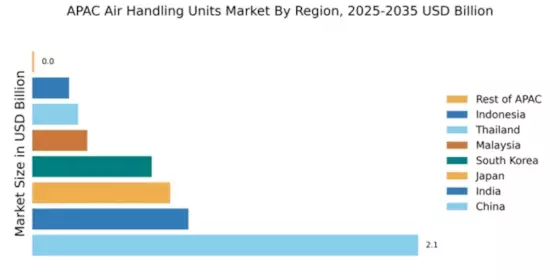


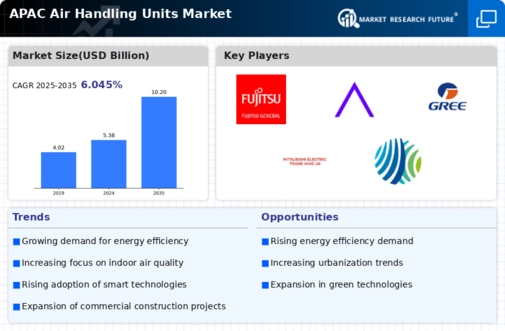

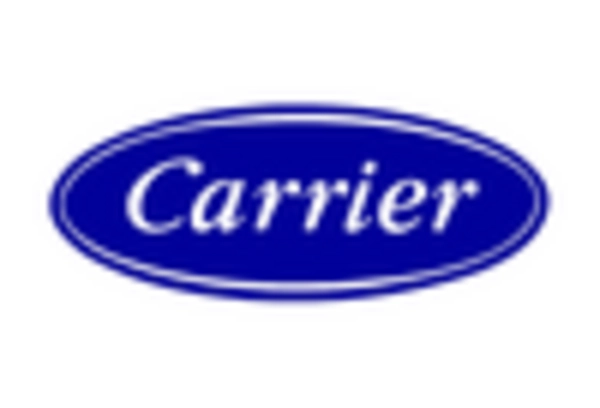
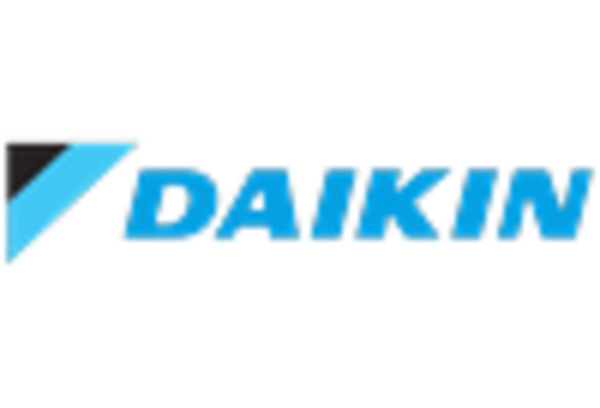
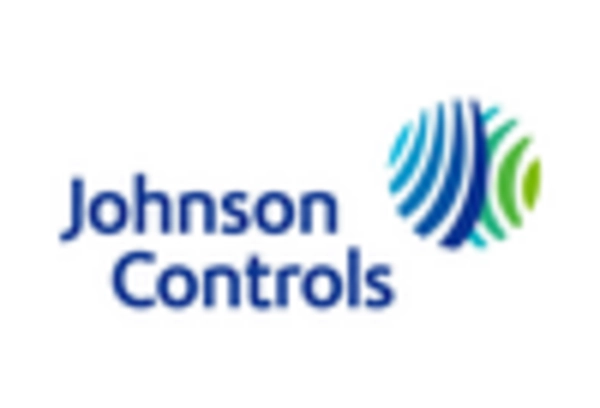
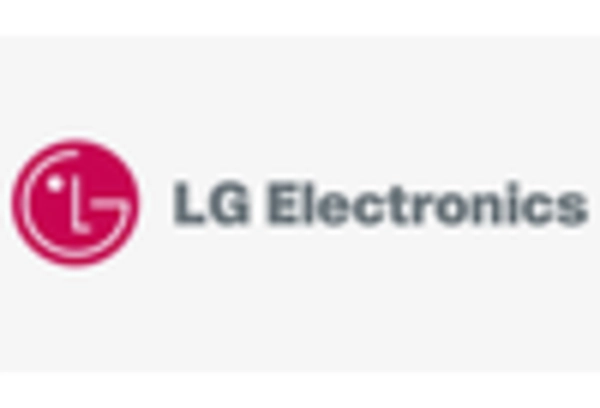
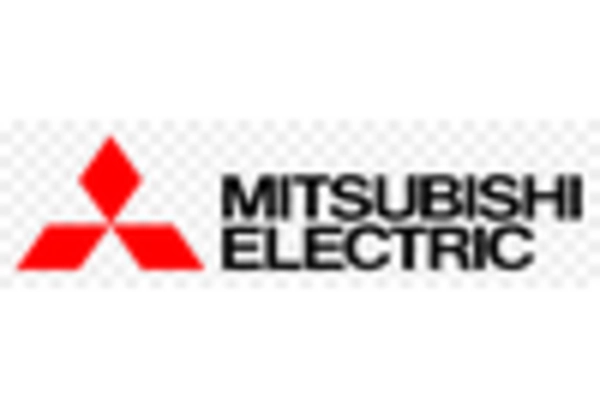









Leave a Comment